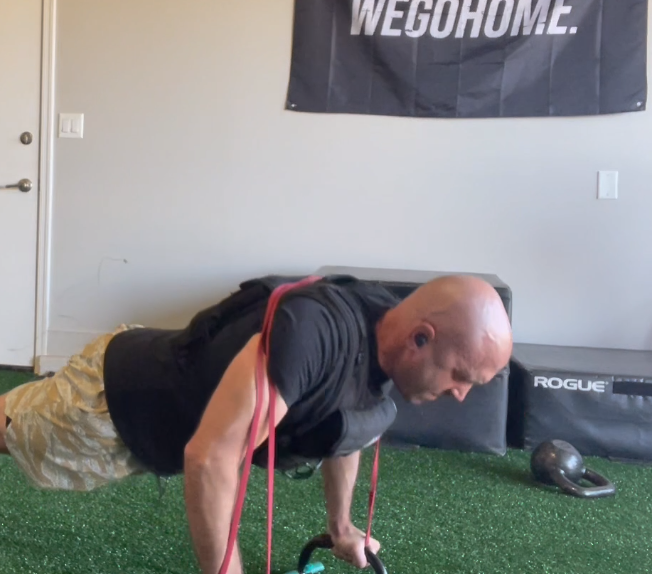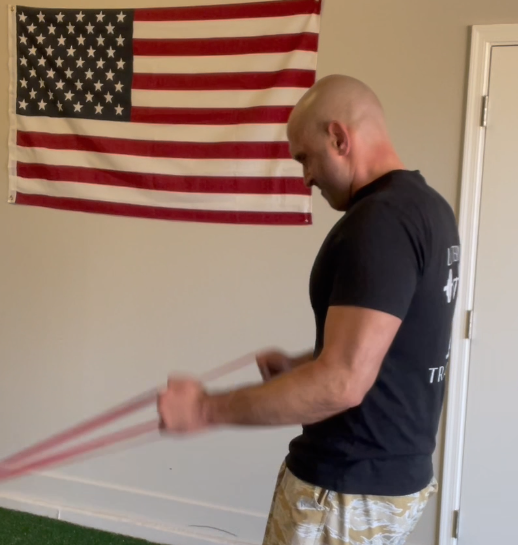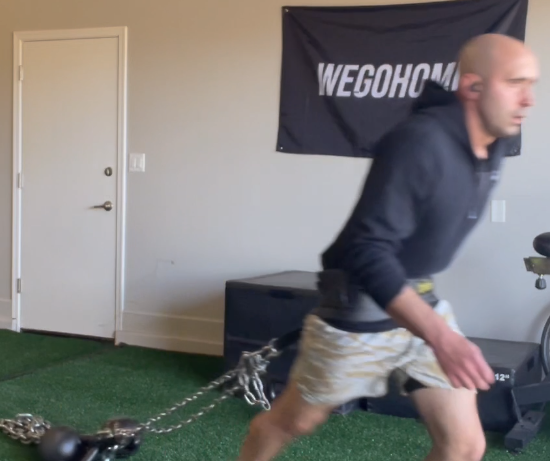The Max Effort Method has a proven track record for creating some of the strongest people in the world. How should we apply it to this population?
Key Takeaway
The Max Effort Method is lifting the heaviest weight possible for a heavy single rep (or 90%+ of ones 1 rep max). This creates an incredible stimulus leading to strength gains primarily through nervous system adaptions and not necessarily muscle size gain. In other words, we are teaching our brain how to get our muscles to work together and lift something heavy.
Max effort work is effective but also intense and can easily lead to overreaching if not managed properly. This is particularly true for athletes like Tactical/First Responders who not only live incredibly stressful lifestyles, but also require high levels of conditioning and other skill training.
We will go into how we can tweak this just a bit for our Hero populations and provide context for how this can look in real world programming.
“Max Effort” for First Responders/Tactical Gray Beards
Here is the concept and I’ll explain below:
“Max Effort” for First Responders/Tactical:
-
Work up to a heavy set of 2-5 Reps.
-
Spend most of your time closer to 5 reps.
-
Work up to a weight where the last rep begins to slow, or your technique starts to break down. You should be straining.
-
Next session try to either beat the rep total, the weight, or both. If your form was questionable in the last session, use the same weight and try to get more reps that are technically sound.
There is no question the Max Effort Method creates brutally strong people. Just take a look at the powerlifters at Westside Barbell. Their former coach, the late and great Louie Simmons, brought this concept and many others to the masses.
However, cops, firefighters, tactical- they’re not powerlifters. You still need strength, but in practical application if I had a group of firefighters max out every week on both an upper and lower body movement I would certainly be dealing with some tweaked backs and aching shoulders in no time.
The simple fix? We raise the rep range up to around 2-5 reps, and the majority of the time we stay around 5 reps for strength development. Yes, I am aware this is not technically “Max Effort” work. However, if we are playing the long game, as long as you work up to a heavy weight where you are straining on that last rep of the set you’ll develop strength. I would also recommend stopping the set once rep speed slows substantially or your form breaks down.
In our programming we often focus on nudging up both the reps you do and the weight you can lift. Meaning, if in week one you benched 250 for 5 reps, and in week 3 you bench 250 for 7 reps…I’ll take that as a win. Progression can come in many forms. Your joint’s will thank you, and you’ll have the space to do your conditioning, get on the mats to train BJJ, and hit the heavy bag.
Remember- You aren’t getting ready for a powerlifting meet- you’re trying to get ready for an unknown moment at an unknown time to display your strength, conditioning and skills. There is no peaking here. We need you optimal at all times, not at your highest for athletic event. If you’re always hitting max singles I would argue you’ll be spending most of your off time just recovering.
Also, don’t feel like you have to always do traditional lifts to get the benefit of the max effort method. You can push a sled loaded with heavy weight for shorter distances, do heavy farmers carries, and then for upper body pressing even loading the push up can work. You might have to get creative but it is doable.
Closing
This doesn’t mean you can never do true max effort singles, it just means if you’re looking at the long game as opposed to just one good day at the gym I think most of your time should be spent in slightly higher rep ranges for our cops, firefighters, and military.
Check out our Human Performance Program if you want to see this in practice and achieve strength gains you didn’t think possible while also improving your conditioning. Free 7 day trial.



